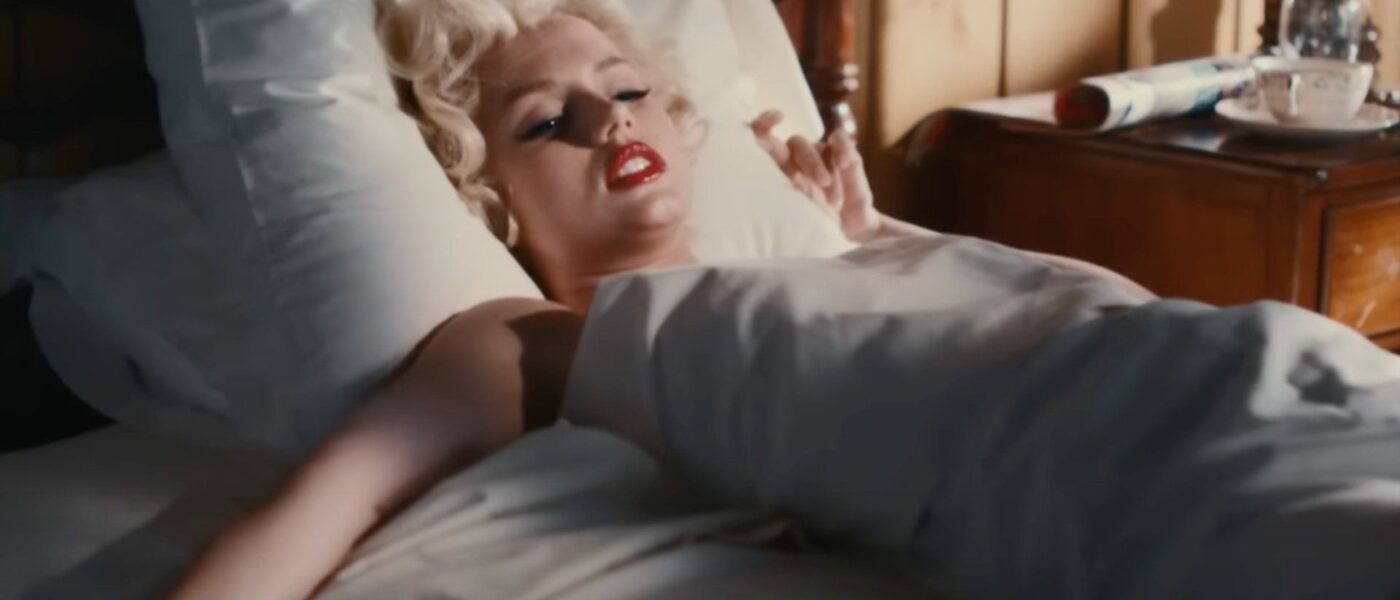Blonde Is A Harmful Portrayal of Marilyn Monroe’s Life
Released on Sept. 28, Andrew Dominik’s Blonde achieves nothing more than overtly sexualizing and repeating overused stereotypes of 1950s pop icon and actress, Marilyn Monroe.
The Netflix movie recounts Monroe’s life from childhood to death. Though it’s based on the fictional novel by Joyce Carol Oats, the film’s marketing makes it easy for the average viewer to assume it’s an accurate retelling of her life—despite that not being the case.
Blonde begins with Monroe’s mother, Gladys, attempting to drown her in a bathtub shortly before she is sent to a psychiatric hospital.
While Gladys was a diagnosed schizophrenic and she spent much of Monroe’s childhood in a psychiatric unit, there is no evidence she was ever abusive toward her.
This trend of inaccuracies and embellishments continue throughout the movie, effectively portraying Monroe as depressed and neurotic.
For a production that claims to “bridge the gap” between the authentic Norma Jean and the character of Marilyn Monroe, Blonde spends no time covering Monroe’s life before her career began.
Instead, it chooses to have her cheaply repeat that she is “Norma, not Marilyn,” instead of exploring her roots.
The rest of the movie is loosely based on events in the actress’ life, such as her career, marriages and an alleged affair with John F. Kennedy.
However, Blonde also has fabricated trauma that includes sexual assault, a polyamorous relationship with Charles Chaplin and Edward G. Robinson and two forced abortions including a scene in which she begs to escape the procedure.
The film also implies that Monroe’s career exploded as a result of an assault by a studio executive, a claim that lacks evidence until this day.
Overall, the level of violence and misery in the movie are unwarranted and feel like it’s done to make a mockery of the actress.
Blonde spends most of its time depicting Monroe either crying, naked or both. If this movie was all you knew about her life, you’d think it was a blessing that she died young.
Marylin Monroe was an intelligent woman who created a successful image that continues to be talked about sixty years after her death.
Instead of exploring her intellect or personal life, Blonde depicts Monroe as a sex symbol—doing nothing but torturing her posthumously by making her life out to be a pornographic misery.

